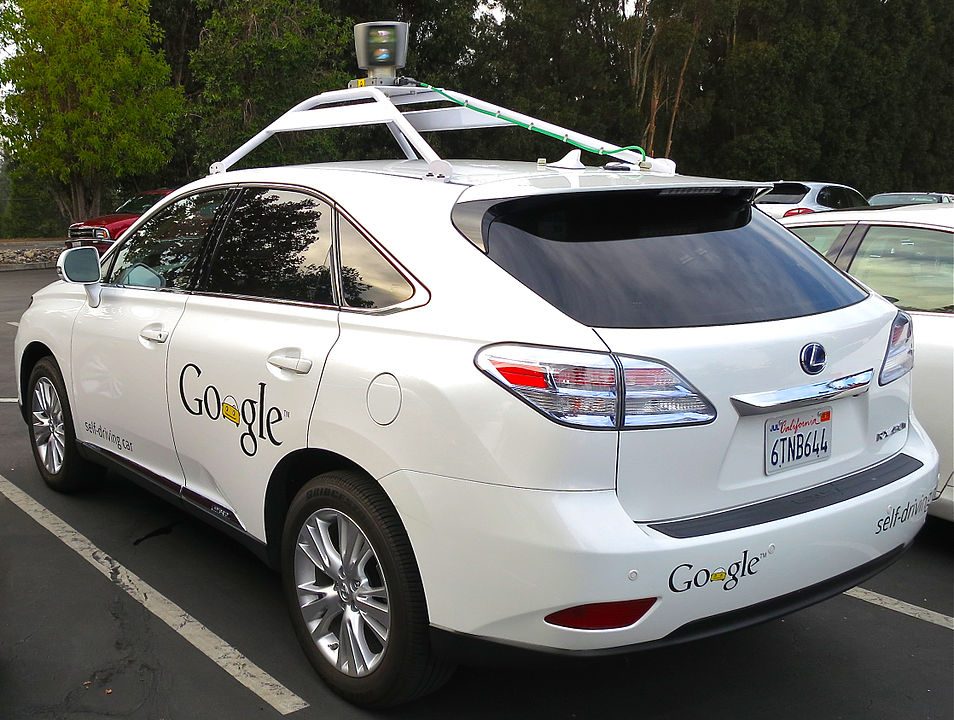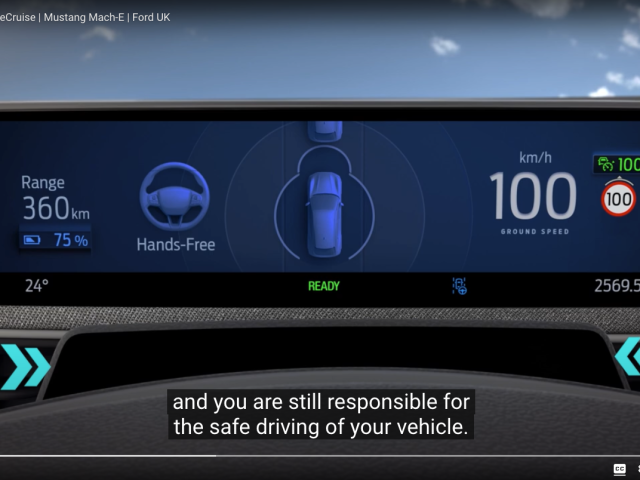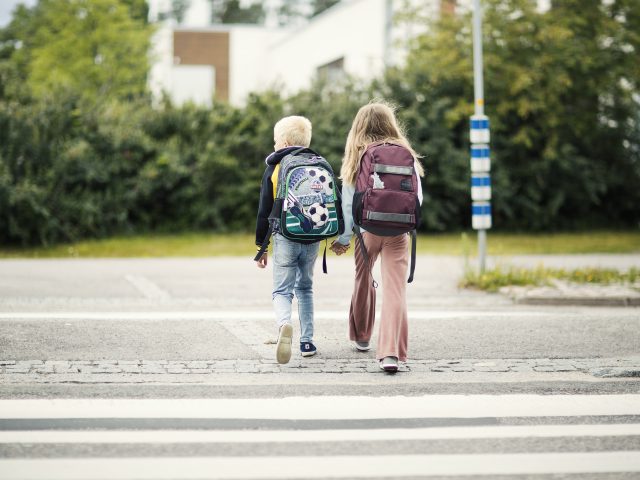
Automation could reduce collisions by 22% by 2040 say UK researchers
Scientists at the UK’s Transport Research Laboratory TRL estimate that the expected mix of automated and non-automated vehicles on the roads by 2040 could lead to 22% fewer collisions than today.
The estimation is considerably lower than earlier headline-grabbing reports such as a KPMG analysis published in 2015 that predicted an 80% reduction. The figure is also lower than the estimated 30% collision reduction benefits of fleet wide fitment of Intelligent Speed Assistance on non-automated vehicles.
The KPMG report, and others, have referred back to an oft-cited, but widely misunderstood, figure that 94% of collisions are caused by human error. The figure comes from a study by the US National Highway Traffic Safety Agency (NHTSA) which found that the “critical reason” was human error in 94% of crashes. But, as NHTSA has explained, the critical reason is not the cause, it is merely the “last event in the crash causal chain”.
In other words, even without the human error, a collision could still have occurred due to other important factors, for example, an inappropriate speed limit or an unsafe junction design.
The TRL research says that, before the full adoption of automated vehicles, there will be an interim period where traditional and automated vehicles will need to co-exist. While the collision rate for automated vehicles will be expected to be low, there is potential conflict between these two types of vehicle while they are sharing the road environment.
The study authors developed and applied a methodology to investigate the potential effect of the introduction of automated vehicles on future collision distribution. The methodology was applied to a limited scope of collisions (one and two vehicle collisions involving at least one car that resulted in fatal or serious injury) to demonstrate proof of concept.
The TRL study is free to download.







